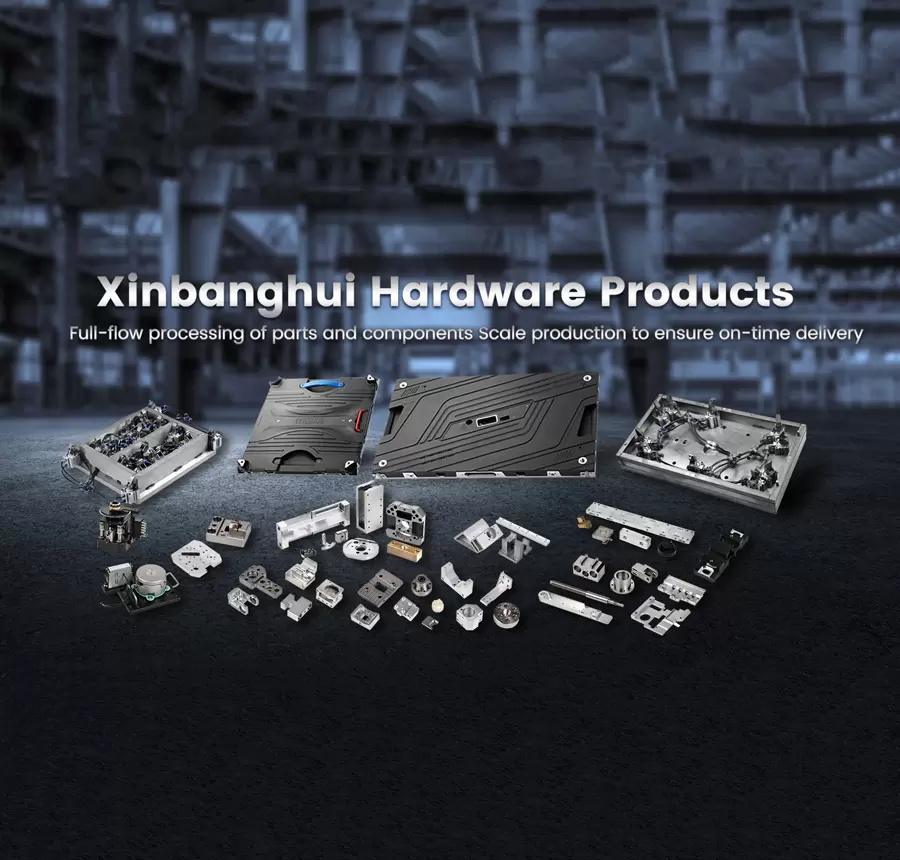Choosing the Right Solder for Electronics: A Comprehensive Guide to Optimal Performance
When it comes to electronics assembly and repair, the choice of solder is crucial for ensuring reliable connections and optimal performance. With a variety of solder types available, understanding the specific requirements of your project can significantly impact the longevity and functionality of your electronic devices. This article delves into the different types of solder, their compositions, and the best practices for selecting the right solder for your electronics projects.
Understanding Solder Types
Solder is a fusible metal alloy used to join together metal workpieces. The most common types of solder used in electronics are lead-based and lead-free solders. Each type has its own set of properties, advantages, and disadvantages.
- Lead-Based Solder
Historically, lead-based solder, primarily composed of tin and lead (commonly in a 60/40 ratio), has been the go-to choice for many electronics applications. Its advantages include:
- Lower Melting Point: Lead-based solder melts at a lower temperature (around 183°C), making it easier to work with, especially for delicate components.
- Excellent Wetting Properties: This type of solder flows easily and adheres well to metal surfaces, resulting in strong, reliable joints.
- Good Electrical Conductivity: Lead-based solder provides excellent electrical conductivity, which is critical for high-performance electronic applications.
However, due to health and environmental concerns associated with lead, many manufacturers and hobbyists are transitioning to lead-free alternatives.
- Lead-Free Solder
Lead-free solder is typically composed of tin, copper, silver, and other metals. The most common formulations include SAC (Tin-Silver-Copper) alloys, such as SAC305 (96.5% tin, 3% silver, and 0.5% copper). The benefits of lead-free solder include:
- Environmental Safety: Lead-free solder complies with regulations such as RoHS (Restriction of Hazardous Substances), making it a safer choice for both manufacturers and consumers.
- Higher Melting Point: Lead-free solders generally have a higher melting point (around 217°C), which can be a disadvantage in terms of thermal stress on components.
- Improved Mechanical Strength: Lead-free solders often provide better mechanical strength, making them suitable for applications that experience thermal cycling or mechanical stress.
Factors to Consider When Choosing Solder
When selecting the best solder for your electronics project, consider the following factors:
- Application Requirements
Different applications may require specific solder characteristics. For instance, if you are working on high-frequency circuits, you may prioritize solder with excellent electrical conductivity. Conversely, for mechanical assemblies, you might choose a solder that offers superior strength.
- Component Sensitivity
Delicate components, such as surface-mounted devices (SMDs), may be more susceptible to heat damage. In such cases, using a solder with a lower melting point, like lead-based solder, can help mitigate the risk of thermal stress.
- Regulatory Compliance
If your project is intended for commercial production, ensure that the solder you choose complies with relevant regulations, such as RoHS. This is particularly important for products sold in regions with strict environmental laws.
- Availability and Cost
While performance is paramount, the availability and cost of solder can also influence your decision. Lead-free solders have become more widely available, but they can be more expensive than traditional lead-based options.
Best Practices for Soldering
Regardless of the type of solder you choose, adhering to best practices can enhance the quality of your solder joints:
- Use the Right Tools: Invest in a quality soldering iron with adjustable temperature settings and appropriate tips for your specific application.
- Maintain Cleanliness: Ensure that surfaces to be soldered are clean and free of oxidation or contaminants. This will improve the wetting action of the solder.
- Control Temperature: Avoid overheating components by using the correct temperature settings for your solder type. This is especially critical for lead-free solders, which require higher temperatures.
- Practice Proper Technique: Apply solder to the joint, not the soldering iron, to ensure even distribution and a strong bond.
Conclusion
Choosing the best solder for electronics is not a one-size-fits-all decision. By understanding the properties of different solder types and considering the specific requirements of your project, you can make an informed choice that ensures reliable and high-quality connections. Whether you opt for traditional lead-based solder or a modern lead-free alternative, following best practices in soldering will help you achieve optimal results in your electronics endeavors.




